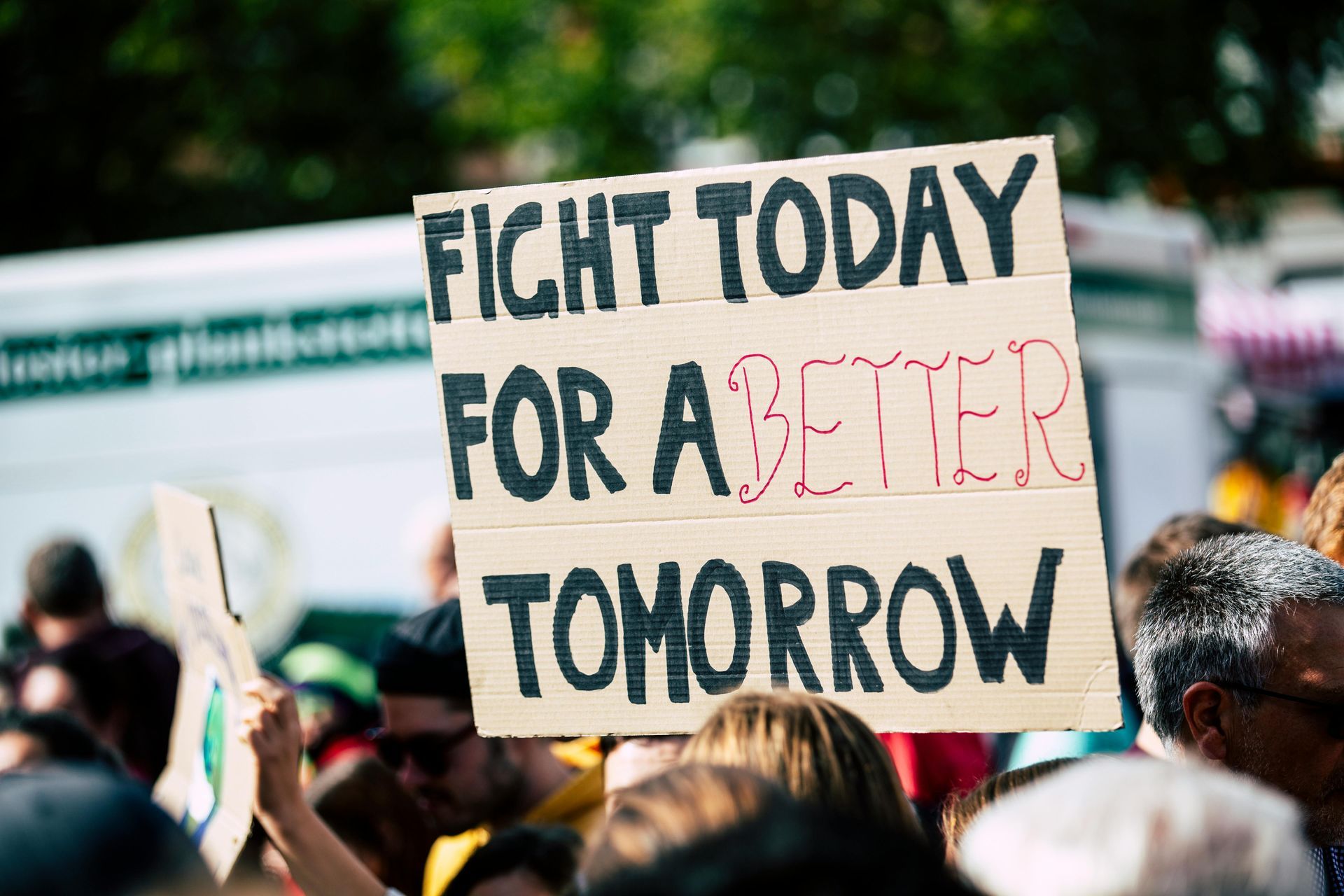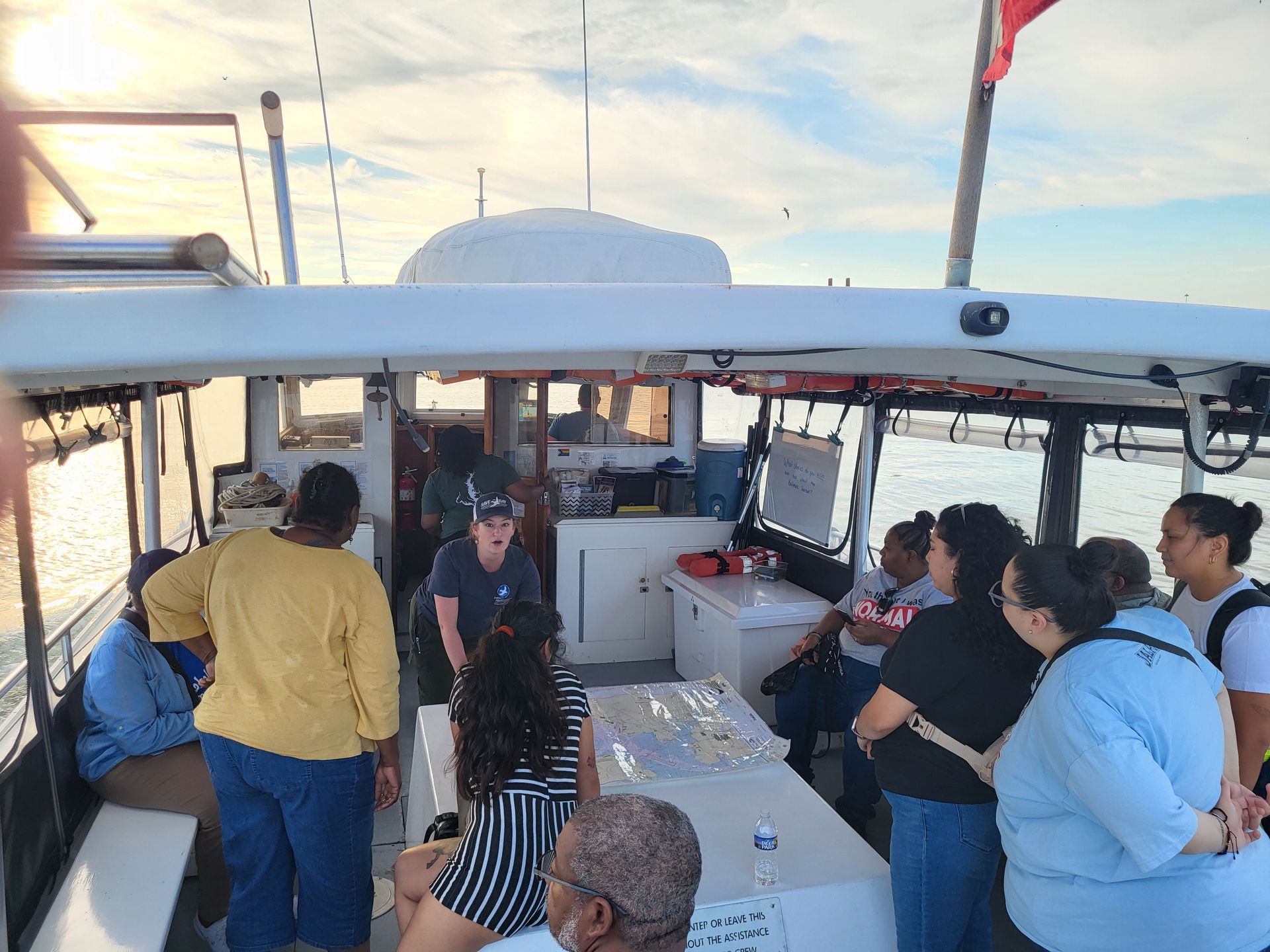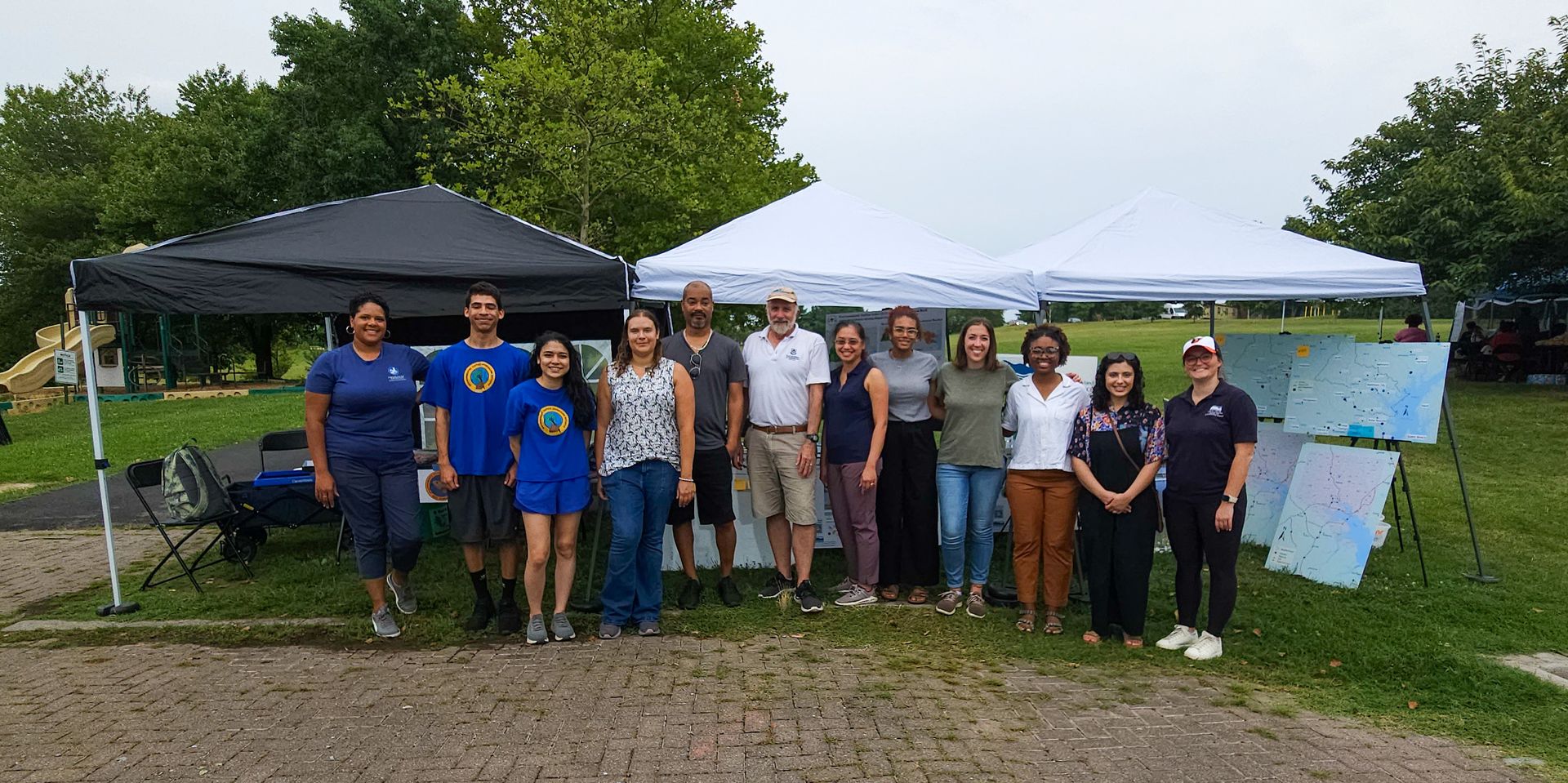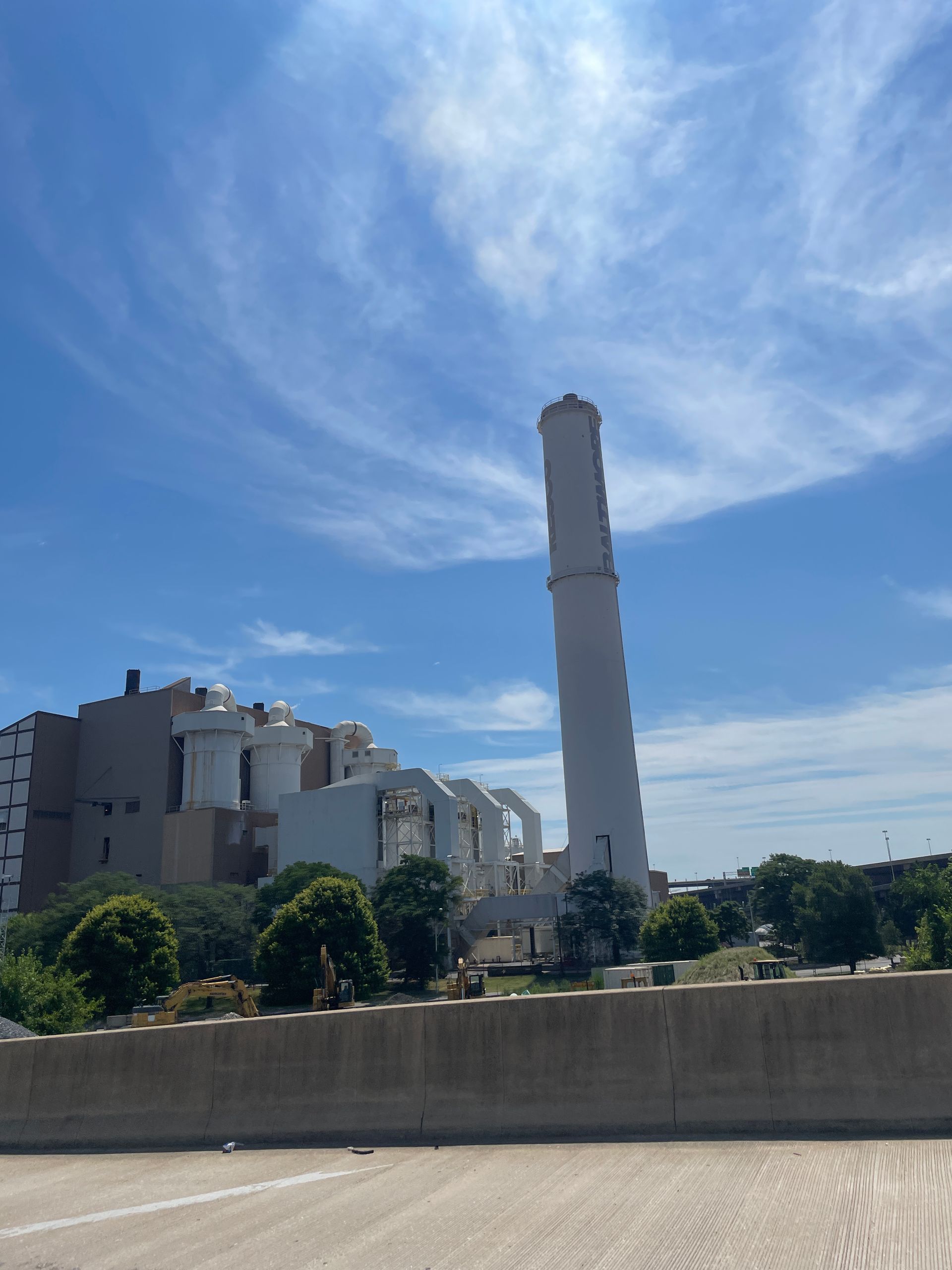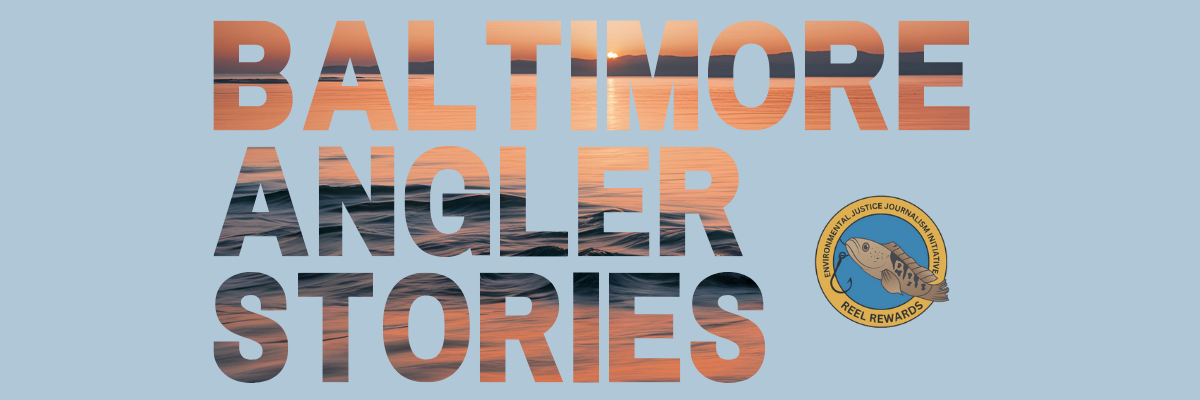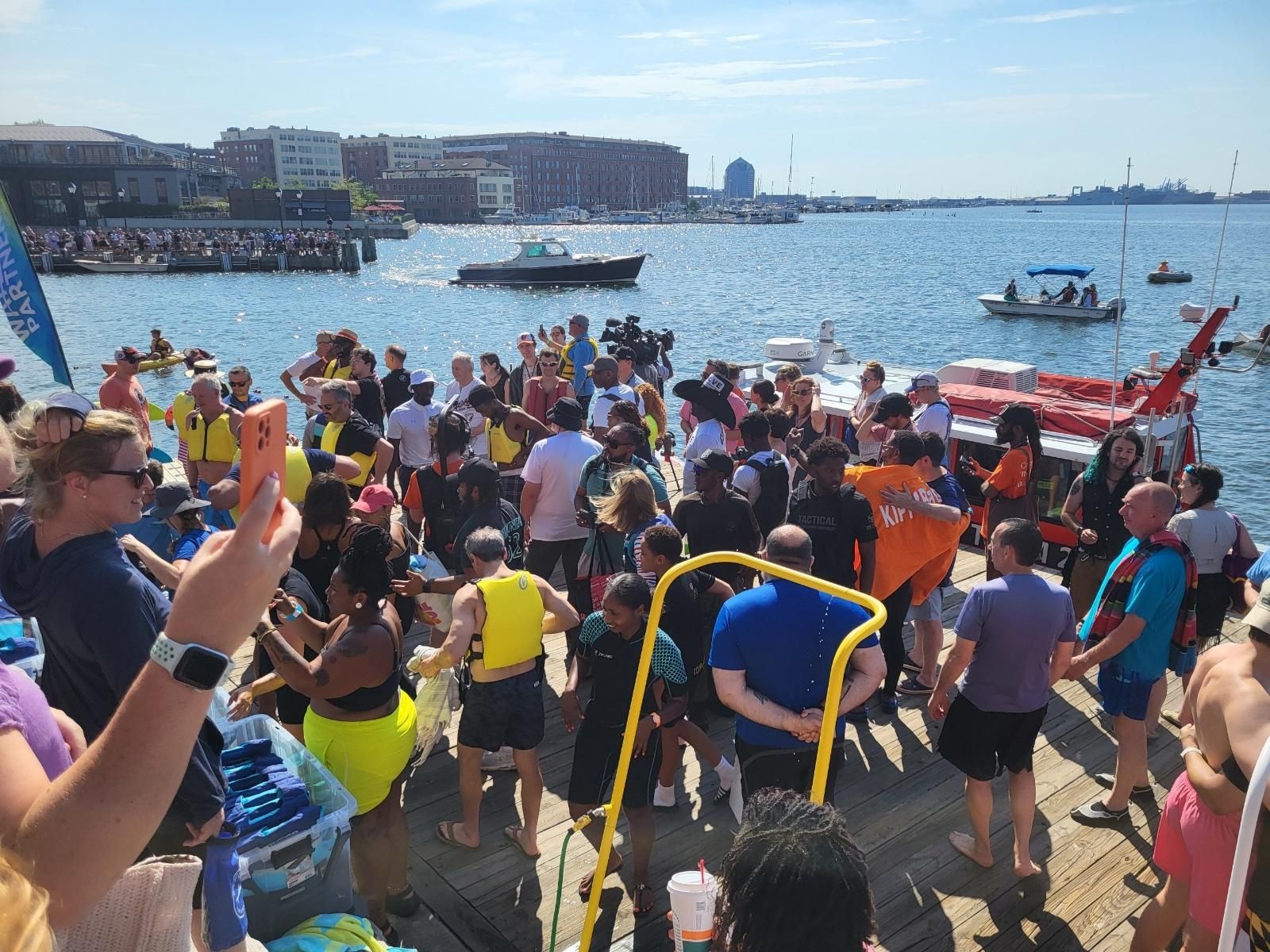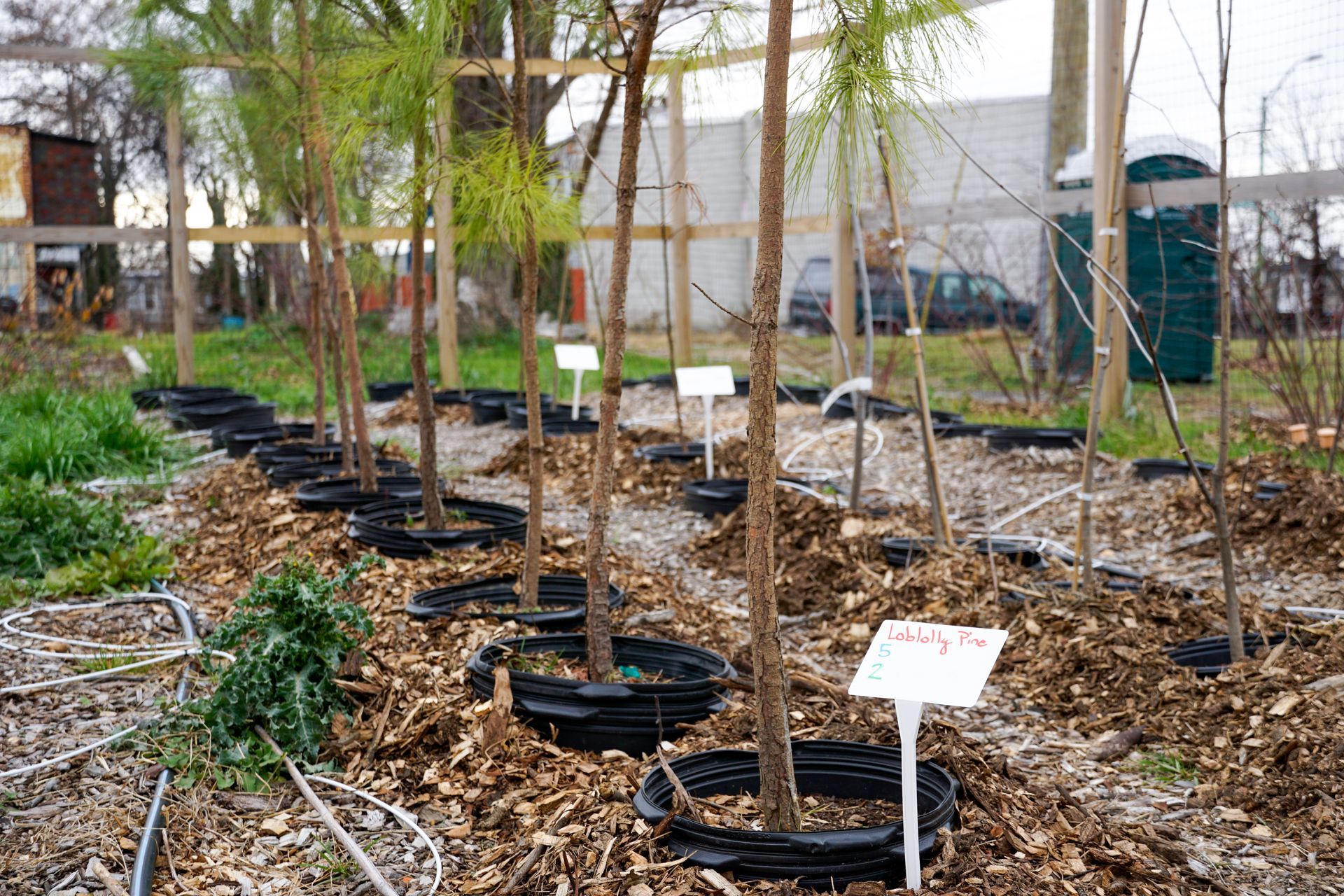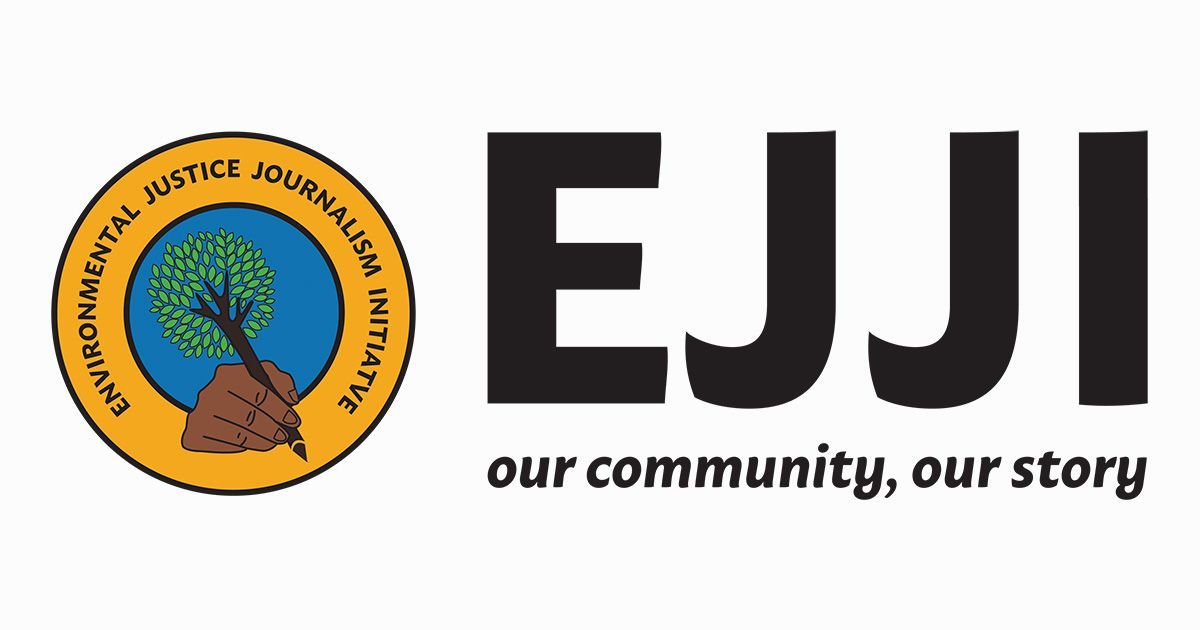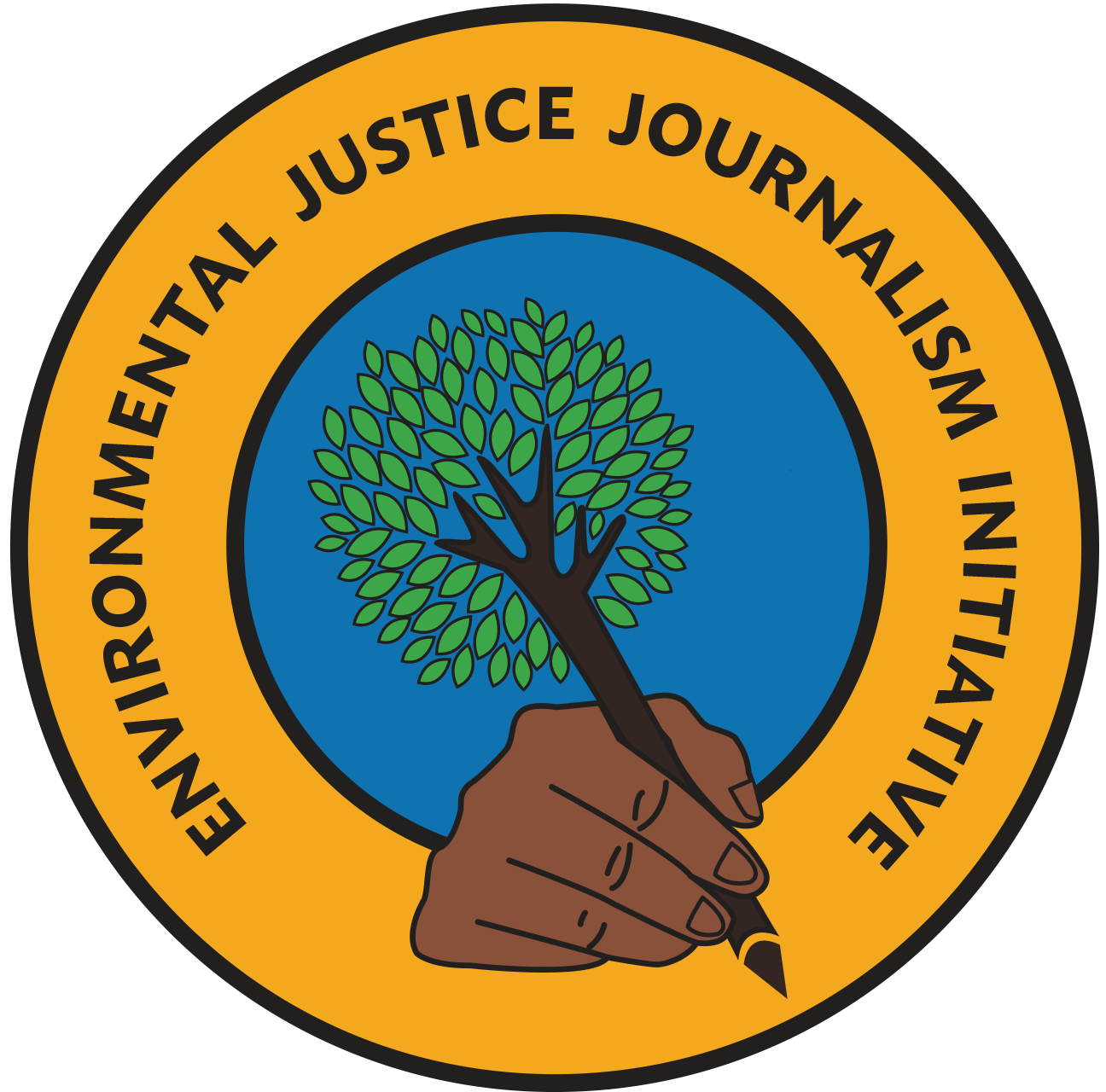Invasive Species 101: What are they and how do we manage them??
Invasive Species 101: What are they and how do we manage them??
By Jessica Diaz, Environmental Science Program Manager
What is an invasive species?
An invasive species is an organism (disease, parasite, plant, or animal) that is non-native to an ecosystem and causes economic or environmental harm or harm to human health. Invasive species aggressively establish themselves upon introduction. Not all non-native species are considered invasive, but they all have the potential to become invasive. Invasives cause damage by thriving in their new environment and rapidly spreading. They can change or degrade the habitat, displace and compete with native species, and impact the economy. Their disruption can also reduce the biodiversity of an ecosystem, resulting in a less resilient ecosystem that is further susceptible to other invasive species, disease, climate change, and environmental stressors.
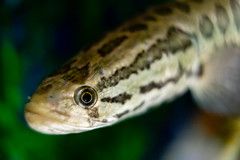
How do invasive species get to an ecosystem?
Invasive and non-native species are transported intentionally or accidentally by humans through various pathways. Species are intentionally introduced as pest control, for economic reasons or beautification purposes. Species are also accidentally introduced as a byproduct of human activities. For example, as an unintentional passenger on ships, ship ballast water, firewood, or even hiking gear. Introduction can also occur from unwanted or escaped pets, especially exotic pets. Ballast water is a huge vector, as organisms native to other ports hitch a ride in the waters used to stabilize ships. While not a threat in their previous environments, they can become one here, just as species native to our Chesapeake Bay can become threats elsewhere.
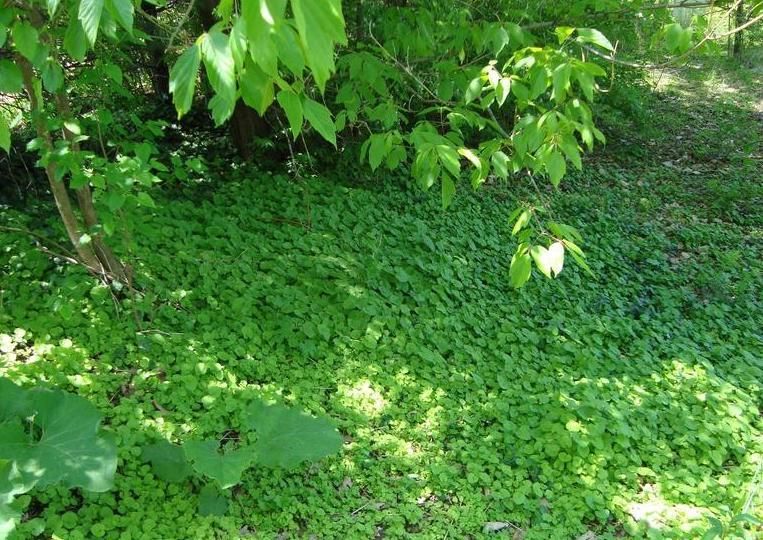
What can we do about invasive species?
At the state and national level, laws guide and mandate how agencies, businesses, organizations, and individuals manage invasive species. For example, the
Non-indigenous Aquatic Nuisance Prevention and Control Act was the first federal law addressing aquatic nuisance species. It focused on ballast water introductions after the discovery of zebra mussels in the Chesapeake Bay and beyond. But there is no mechanism for universal enforcement so it’s up to individuals to follow protocols such as cleaning boots or boats.
We can advocate to our government and elected officials to pass laws or update existing ones to better address invasive species. We can also do our part as organizations and individuals.
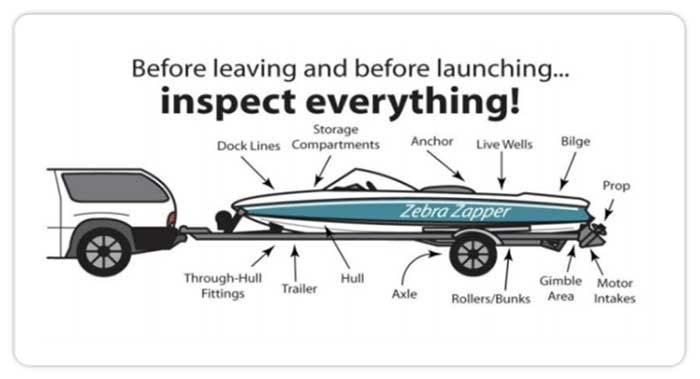
Prevention and mitigation are key to stopping invasive species. We can do this by:
- Planting native! Only planting native plants in our yard or garden. It’s okay to have ornamentals and other fun exotic plants inside where they can’t spread to the local environment.
- Removing hitchhikers! Clean equipment thoroughly after every use to prevent the transportation of non-natives between locations. Boat wash and boot cleaning stations are becoming common practice at boat ramps and trailheads, but have a plan in place in case there isn't one. Fruits, vegetables, and firewood can also harbor unwanted guests. Buy these locally and don’t transport them to far locations.
- Rehoming, not releasing! If pet snakes, fish, and other exotics grow too big for their adopted homes, become a handful, or are not what their owners expected, prevent introduction of non-natives by responsibly rehoming rather than releasing. Most importantly, before owning an animal, make sure you can commit to being its owner.
- Removing established organisms! Replace invasive plants with natives, remove and dispose of invasive mollusks and underwater plants, place deterrents for invasive birds and mammals, and keep (don’t release) invasive fish.

Stay tuned for our next blog post where we’ll dive deeper into aquatic invasive species.
Sources:
NOAA.What is an invasive species? National Ocean Service website, https://oceanservice.noaa.gov/facts/invasive.html, 01/18/23.
USDA. What are invasive species? National Invasive Species Information Center, https://www.invasivespeciesinfo.gov/what-are-invasive-species.
